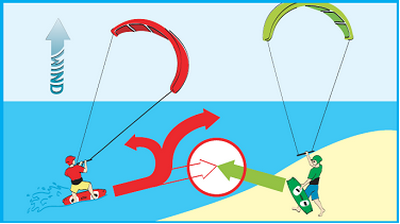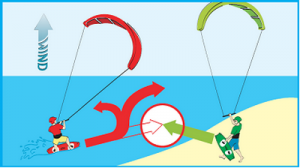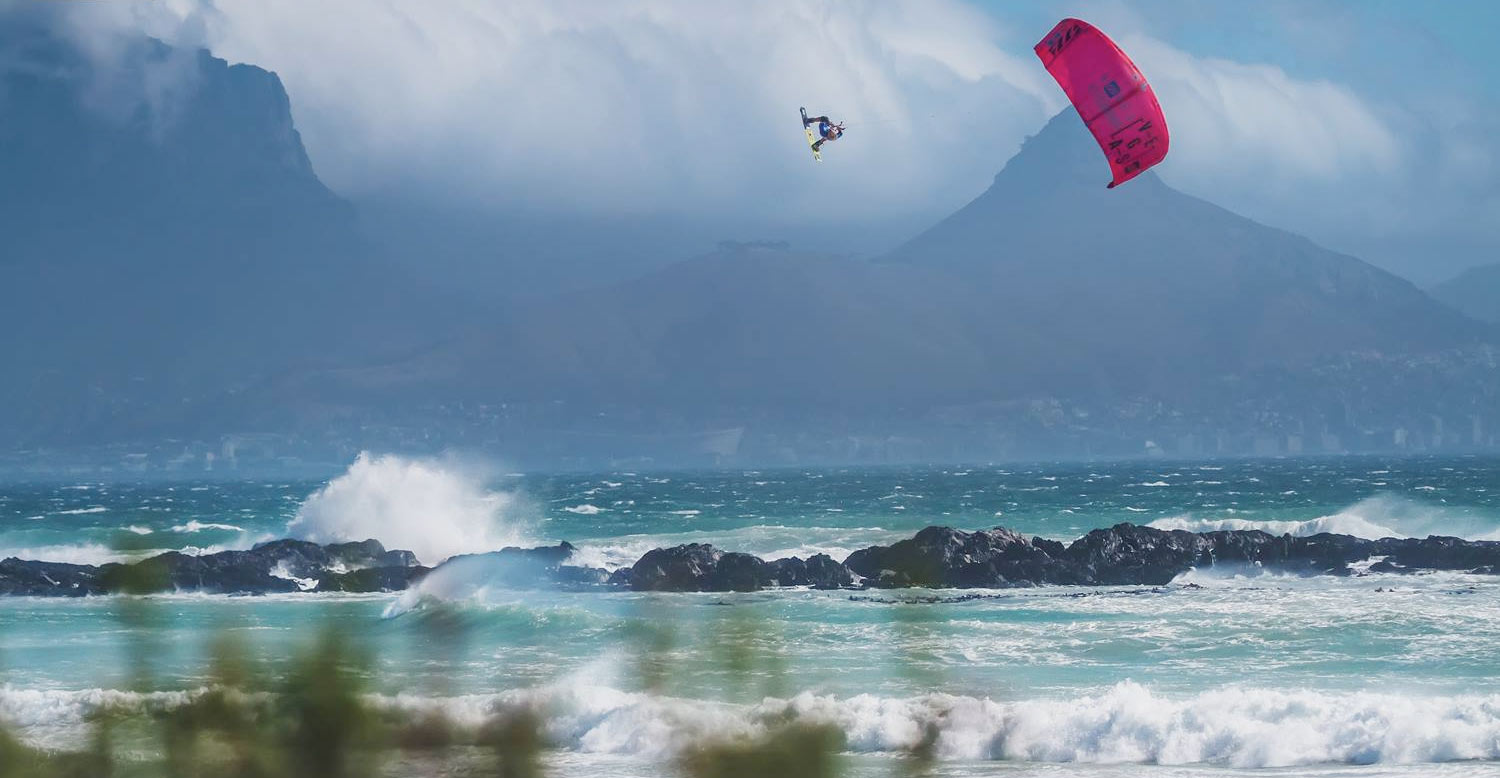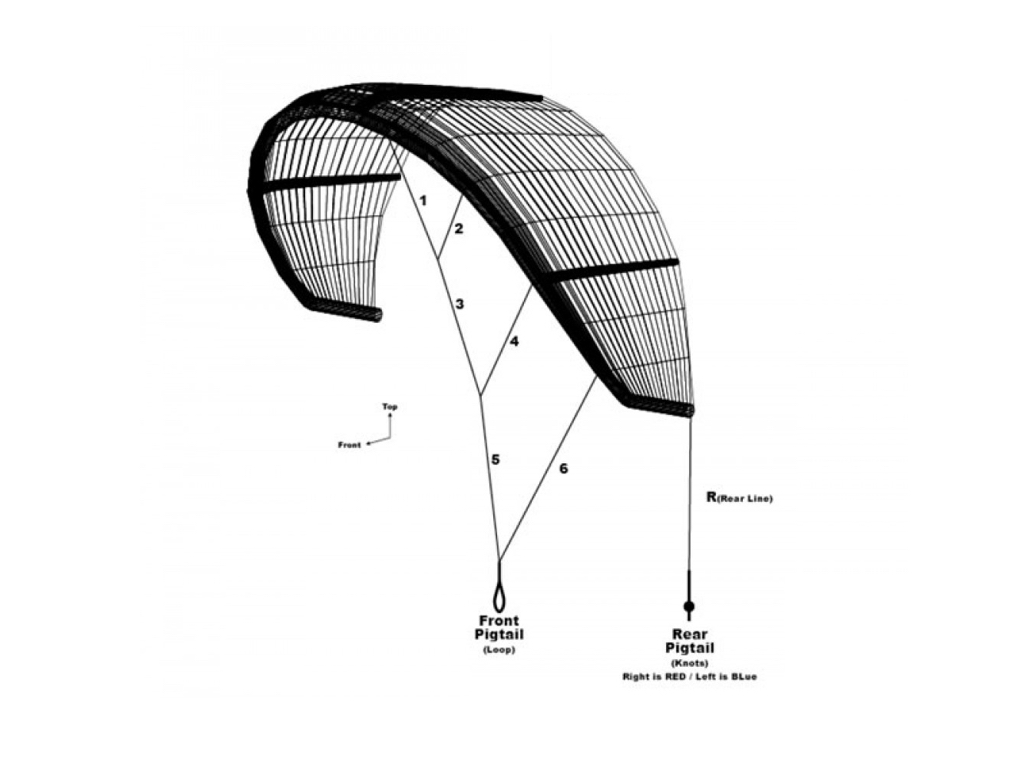

Kicking off a new series of posts on kitesurfing rules of the road, today we’re going to look at who has right of way when leaving the beach.
I was out kitesurfing the other day and after being cut up several times, having one guy ride up right behind me and basically force me onto the beach and then some other chump simply turn into me I thought I’d better do a few refreshers on basic kitesurfing etiquette and rules of the road as it seems very few people actually get it, or are ever taught it. Rules of the road are vital especially as spots get more crowded due to the increased popularity of kitesurfing. They help prevent collisions but also prevent too much stress appearing on the water, I really don’t want to see the day when kitesurfing becomes like surfing and there’s so much anger out there that people are literally fighting on the beach.
So this ones easy it simply states that the the kitesurfer leaving the beach has right of way over the kitesurfer coming into the beach. This rule is true as long as the rider leaving the beach it trying to get through the white water. As soon as they are ‘out back’ into the green un-breaking waves other rules will apply. But if your heading out from the beach and struggling with white water you have right of way.
The logic behind this rule is fairly obvious the rider trying to get over the white water is having a much harder time of it than any rider coming over the back of the waves and so should be given plenty of room to get themselves out of the impact zone in into the big blue.



